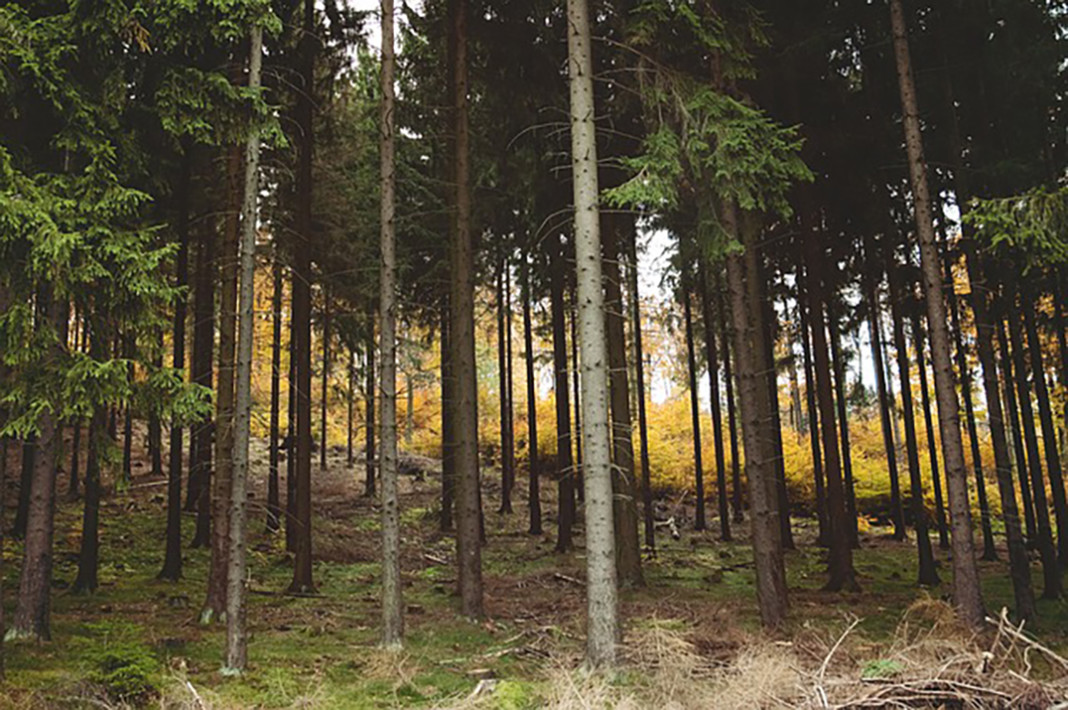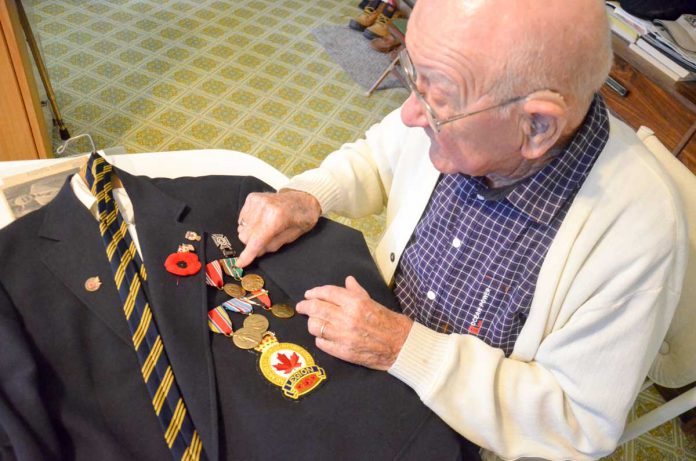Discovery of ancient skulls necessitates more research
CENTRAL MANITOULIN—Pre-contact human remains discovered by Jamie Pyette in Mindemoya in 2016 have not yet been repatriated to an Indigenous community, but the Municipality of Central Manitoulin is currently preparing terms of reference for an archeological sweep of the property where the two skulls were discovered in 2016.
“The skulls have not been repatriated at this time,” confirmed Aleks Dhefto, spokesperson with the Communications Branch of the Ministry of Government and Consumer Services. “The Coroner’s Office advised the ministry on May 25, 2017 that two Indigenous skulls were discovered on land owned by the Municipality of Central Manitoulin. The Registrar contacted the municipality, which was made aware that the land owner must take whatever steps are necessary to preserve the site, the human remains and any artifacts until a final disposition is made in accordance with the FBCSA (Funeral, Burial and Cremation Services Act, 2002). The Ministry understands that the Municipality of Central Manitoulin is now in the process of retaining the services of a licenced archaeologist to carry out a burial site investigation.”
Central Manitoulin has confirmed that the municipality is working on their end of the regulatory requirements. “At the moment I am getting quotes of carrying out the required studies that the Registrar of graves requires from us,” replied Clerk Ruth Frawley.
“There were two skulls found, with one being fragmented,” noted Scott Fairgrieve, chair of the department of forensic science at Laurentian University and a consulting forensic anthropologist following the discovery. “The second skull was found at the same time as the first, during the investigation that was carried out at the site. What happened was the first skull was found by a local resident in Mindemoya on the (ground) surface in clear view (near Thorne Street near Wagg’s Wood and Central Manitoulin Public School). We searched the area along with the OPP officers and also near rock outcrops where the second skull fragment was below leaves. It was just metres from the first skull.”
“They were both dated at around the same time, about 800 years ago,” said Mr. Fairgrieve, adding that “they were definitely both male, First Nations, although during the pre-contact area. We have carried out tests to age both skulls; it is hard to give exact dates, but using very wide conservative estimates (based on varying aging methods used) for the first skull found his age was between 20-60 years at the time of death.”
“The second (fragmented skull) was at least 20 years of age at death,” said Mr. Fairgrieve. He pointed out no artifacts or relics were found with the skulls and that no cause of death could be determined for either
“For the first skull through dental aging we found that it had a defect in the skull at the top and inside, an enlarged tissue over the brain. But it wouldn’t have affected this person’s life at all,” explained Mr. Fairgrieve. “The second skull was clean.” As for the first skull, “the condition of the teeth shows evidence of dental attrition (a wearing down of teeth due to diet),”continued Mr. Fairgrieve. “It (skull) has some exposure to bleaching, being on the ground surface and uncovered. Both skulls had evidence of scavenging having been done by rodents and carnivores and could have both been moved a long distance before they were discovered.”
At the time of the discovery the OPP contacted the closest neighbouring First Nations community, M’Chigeeng First Nation, and Chief Linda Debassige came out with an elder to hold a traditional ceremony.
Mr. Fairgrieve went on to note that the location where the two skulls were found is “definitely not burial grounds. Both skulls could have been carried hundreds of meters due to carnivores and rodents having moved them.”




